20 questions Indians should ask Modi before they vote for BJP in 2024

20 questions Indians should ask Modi before they vote for BJP in 2024
New Delhi: Former Prime Minister Manmohan Singh stated on December 18 that he “was not the prime minister who was scared of talking to the press,” in an apparent dig at Narendra Modi, who has not held a single press conference during his four years in office.
At the presentation of Changing India, a five-volume compilation of his speeches and speeches, Singh fought back against detractors who liked to call him “Manmohan,” the “quiet” prime minister, or even an “accidental” one.
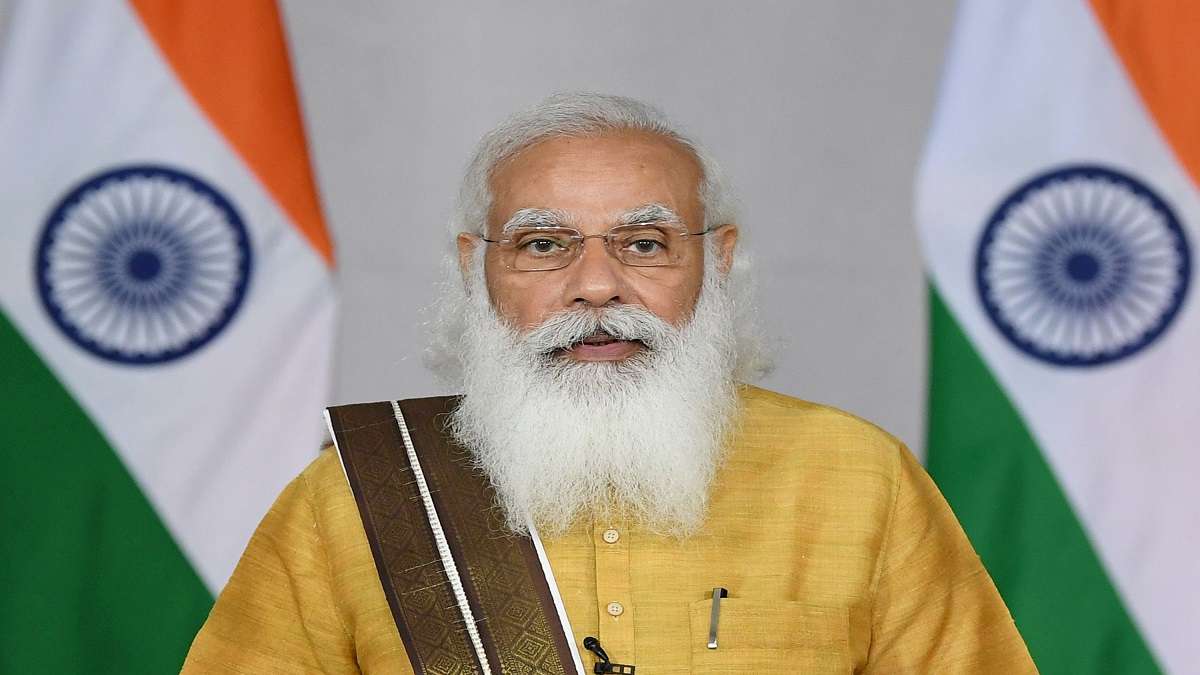
He claimed, “I used to see the press often, and on every international trip I made. I would hold a press conference either inside the aircraft or after landing.
Modi, however, has evaded journalists’ real, critical questioning by giving exclusive interviews to adoring media representatives due to his disdain for the press.
Modi and Shah are aware of three facts:
– Their only national rival is likely to be Congress. The vote share for Congress is not necessary to surpass that of the BJP. National politics will change even if it increases from 20 to 25 percent. A BJP-NDA government will still exist, but it will now be more of a partnership. Modi-Shah will face difficulties. Constitutional institutions won’t be as complacent then either.
– The solution lies with the Gandhi family. They can only maintain Congress. Therefore, they must be brutally pursued.
While speaking to a group of supporters of Indian descent in San Jose, California, late in his first term as India’s prime minister, Narendra Modi stated that his country’s administration was a startup. He stated that, like any startup, his government had experienced ups and downs.
This week, during a visit to Germany, Denmark, and France, Modi once again promoted India to be an investment destination not to be ignored, seven years after that address in the United States.
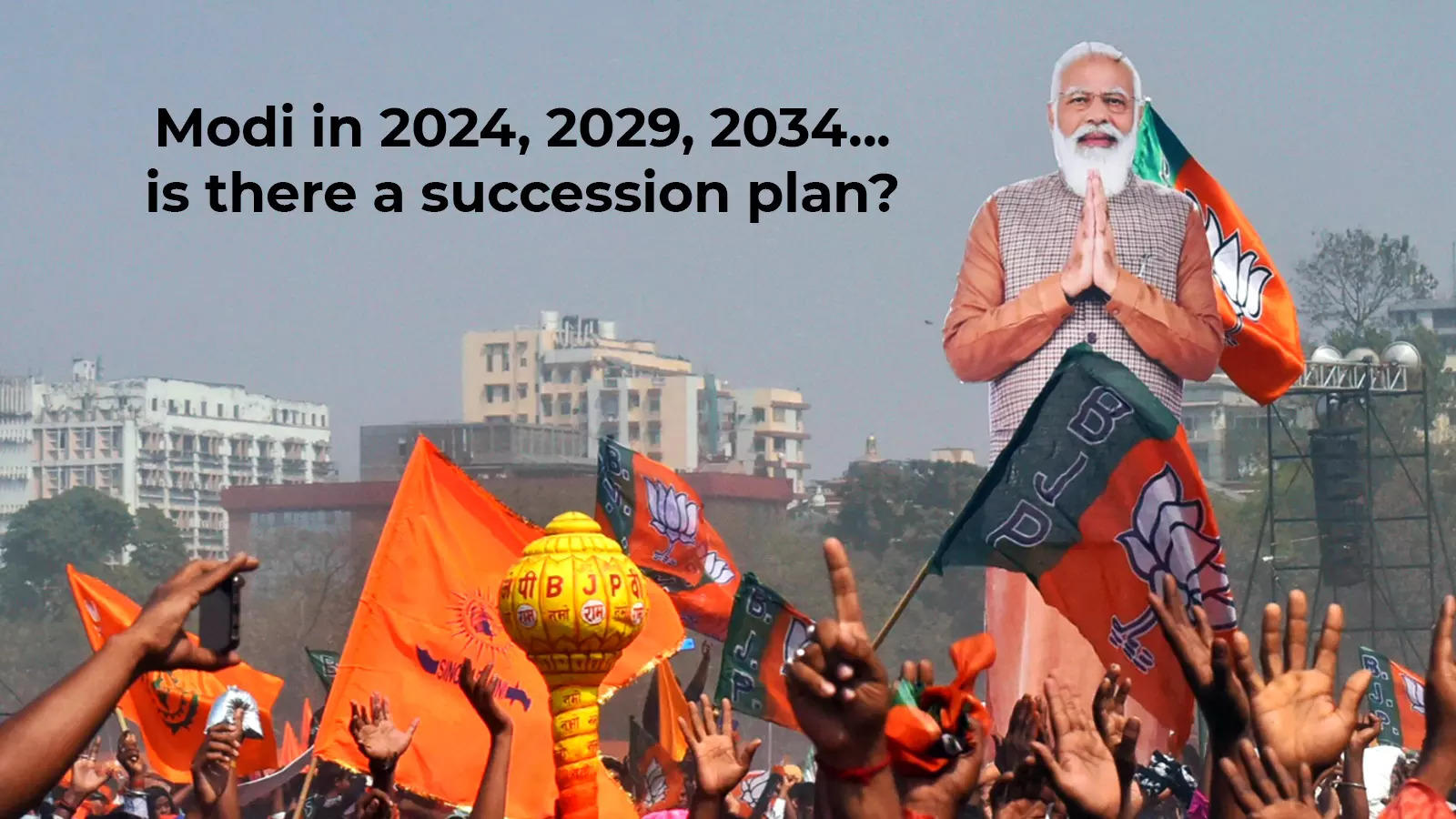
If the prime minister ever decided to host an open press briefing, an unscheduled occasion where queries are not screened in advance and follow-ups are allowed, the following 20 questions would be appropriate to ask:
1. Where are the jobs, Mr. Modi, that you promised your supporters in 2014?
One of India’s main problems is employment, and you made fun of the Congress during the last Lok Sabha election campaign for not creating one crore (10 million) jobs. Four years later, big, unbiased assessments expose that your track record for job growth is still dismal, if not worse. For a moment, in 2017, only 1.4 million net added jobs.
Why does the government keep pointing to EPFO data because of the evidence of robust employment growth when many economists, including Pravin Srivastava, your new chief statistician, claim that it reflects the formalization of the economy rather than the creation of new jobs?
The actual data shows that most loans made under the Mudra scheme, which your officials have stated are producing millions of jobs, are so tiny that they cannot create any of the jobs, not even that of a pakoda stall. In the past four years, this topic has generated the discussion. The Modi government’s job track record is the subject of different reports and assertions.
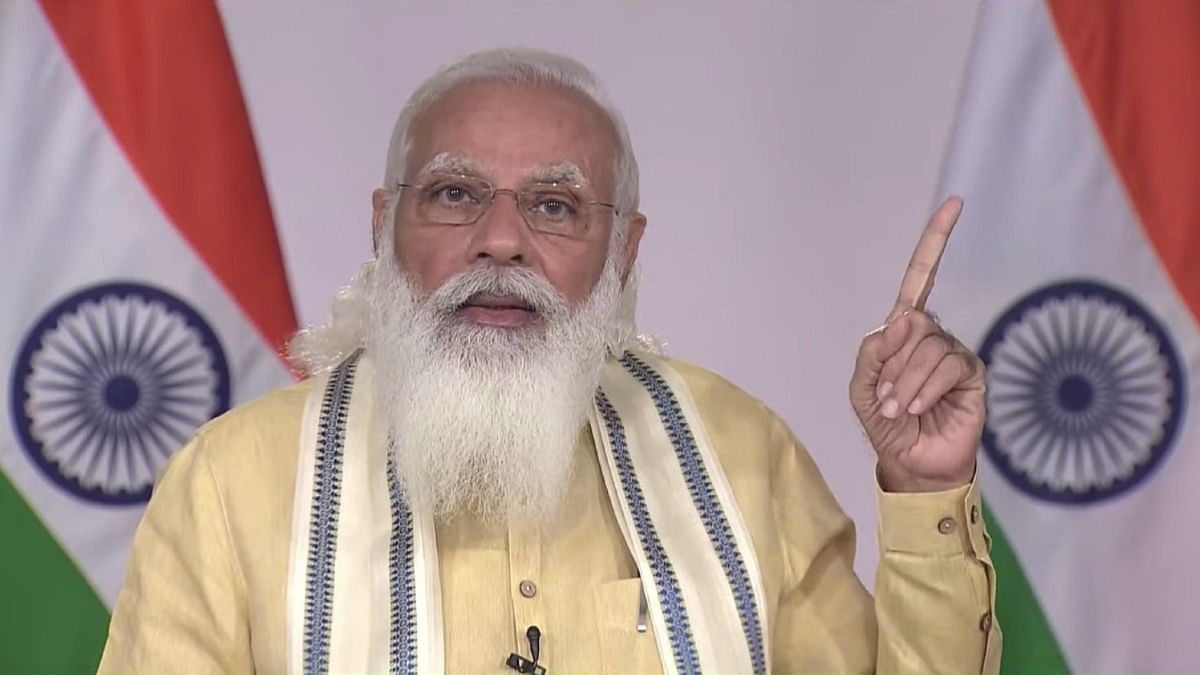
According to the National Pension System (NPS) and Employees’ Provident Fund Organization’s (EPFO) most recent payroll data, the country added almost 22 lakh jobs during the past six months (up to February 2018). This is a massive win for the Modi government.
According to Amit Shah, none of the 125 billion Indians can find employment. Self-employment, according to him, is the solution to the unemployment problem. He stated that the Mudra program and other government programs, like Stand Up India and Startup India, had helped nine crore people find self-employment.
PM Modi and Amit Shah have reaffirmed that even selling “pakodas” is employment, using a distinct definition. According to them, selling “pakodas” or working like a laborer is preferable to remaining unemployed. The opposition made fun of the “pakoda” comments. Rahul Gandhi, the president of the Congress, has been a vociferous opponent of the BJP government’s handling of the employment situation.
2. What happened to the promise of providing financial stability to the rural parts of India?

The goal of tripling farm revenues by 2022 is likewise unrealistic. According to our calculations, agricultural incomes have only increased by 5% or less over the past four years. It could take more than 14 years to double farm incomes at this rate.
It has taken four years to say that you will fulfill your election-year pledge to provide farmers with an MSP that is usually money 50%. However, farmers all around the country are forced to sell their produce for less than MSP. They claim your proposed crop insurance program is a massive scam because they pay the premiums but receive no benefit. Recently, some of the biggest Kisan agitations have been brought on by the bjp government’s stance toward the agricultural sector.
3. What was the promise about the Financial issues of the country?
The NDA-II administration has charged the UPA with fiscal irresponsibility and manipulating deficit figures. However, the government has employed several “creative” accounting strategies, like rolling over consumers by reducing, extensively relying on extra-budgetary funds, financing the deficit through all modest savings programs, and employing PSUs to organize disinvestment. How does this fit with minimal government and fiscally responsible policies?
4. You have refused to offer any details despite requests from a parliamentary committee and other RTI petitioners. Why?
You received a list of wealthy bank defaulters who did commit fraud and needed prosecution from former RBI governor Raghuram Rajan in February 2015. What steps were taken to look into and prosecute those people? Why did the government hesitate to create the list, and why was the action performed in the open?

According to the ministers, the Insolvency and Bankruptcy Code (IBC) is the NDA government’s answer to the NPA crisis that began during the UPA era. Recent actions, however, like the grappling with the RBI over the central bank’s circular from February 12 or requesting that Public Sector Banks leave the Prompt Corrective Action (PCA) framework, undercut the effort to improve the banking system.
5. Demonetizing disaster, why does the Modi government ignore this problem of their citizens?
On November 14, 2016, it was stated that the governance, led by the Prime Minister, would be ready to take any consequence if the decision to demonetize the currency proved to be incorrect.
The RBI has recently said that demonetization has had a minimal to no effect on eliminating black money (99% of the funds you demonetized returned to the banking system), reducing the number of false notes in circulation, and decreasing the number of high-value notes in the economy. Direct tax receipts have increased recently, but this has happened in the past.
What resulted from demonetization, and was the expense justified? Your government has not even tried to assess the economic and social consequences of demonetization, a cabinet official recently stated in the Lok Sabha. You even made fun of the tragedies that occurred during the notebandi crisis in a recent campaign address.

The demonetization is now believed to have caused the quarterly GDP growth to fall by at least two percentage points, according to Gita Gopinath, the new top economist for the IMF. Do you not believe that, in your capacity as prime minister, you ought to have requested an impact study?
6. Why, even after the second term of the Modi administration, has the promise of the Uniform Civil Code still not been fulfilled?
Despite promising a uniform civil code, the Modi government has yet to have any legislation in this regard. Will the government eventually progress toward the Uniform Civil Code now that the Supreme Court has ruled that triple talaq is unconstitutional and unlawful? In essence, the Uniform Civil Code would combine these personal rules into a single body of secular law that would apply to every Indian citizen, regardless of their religious affiliation.
7. Why has the Modi administration failed to purify “even a single drop” of the Ganges?
The Ganga clean-up, Modi’s side project, and the critical election pledge that helped him win his constituency of Varanasi have yet to be completed. The Ganga hasn’t been cleaned in three years, despite the BJP’s commitment to put its cleanliness, purity, and unbroken flow first.
Despite the numerous strategies, programs, pronouncements, and well-intentioned efforts made over more than three years, the task has remained as challenging because of the colossal river. So much thus that the National Green Tribunal (NGT) stated that “not a single drop of Ganga has been cleansed so far” in February 2017.
The Modi administration has only released 8.52 percent of the 20,000-cr budget for cleaning the Ganga in three years; inter-ministerial disputes and a lack of state participation are major obstacles.

Nitin Gadkari took up the ministry of water supplies and Ganga rejuvenation from Uma Bharti, who was seen to have fallen short of expectations during Prime Minister Modi’s most recent cabinet change in September.
8. What happened to the promise to electrify every home, whether in an urban or rural area?
One of the significant commitments made by the Modi administration was universal access to electricity, especially in rural India. In actuality, one of Modi’s primary campaign pledges in 2014 was to ensure that everyone has access to dependable power. The introduction of the Rajiv Gandhi Grameen Vidyutikaran Yojana (RGGVY) in 2005 majorly increased the rate of rural electrification. The budgeted investment for this initiative dramatically rose in 2010–11, which gave it even more momentum.
The Modi government has increased this total by 19,219 villages (or 3.2% of the electrified villages) since assuming power, bringing it very near to the total number of villages.
9. Why did Narendra Modi make false promises to give Rs 15 lakh to every individual?
One of Modi’s most well-known pledges during the Lok Sabha election campaign was that after recovering the hidden black money from abroad, the NDA administration would credit each honest taxpayer’s bank account with Rs 15 lakh. Even the demonetization process was carried out to attract black money. But even after that, we have yet to receive the Rs 15 lakh.
The Prime Minister’s Office has not responded to a urge for information made under the Right To Information Act about Prime Minister Narendra Modi’s pledge to deposit 15 lakh into each citizen’s bank account. The specific day that the funds will be deposited was requested in the application.
10. Why isn’t society living up to the promises of peace and harmony made by the Modi government?
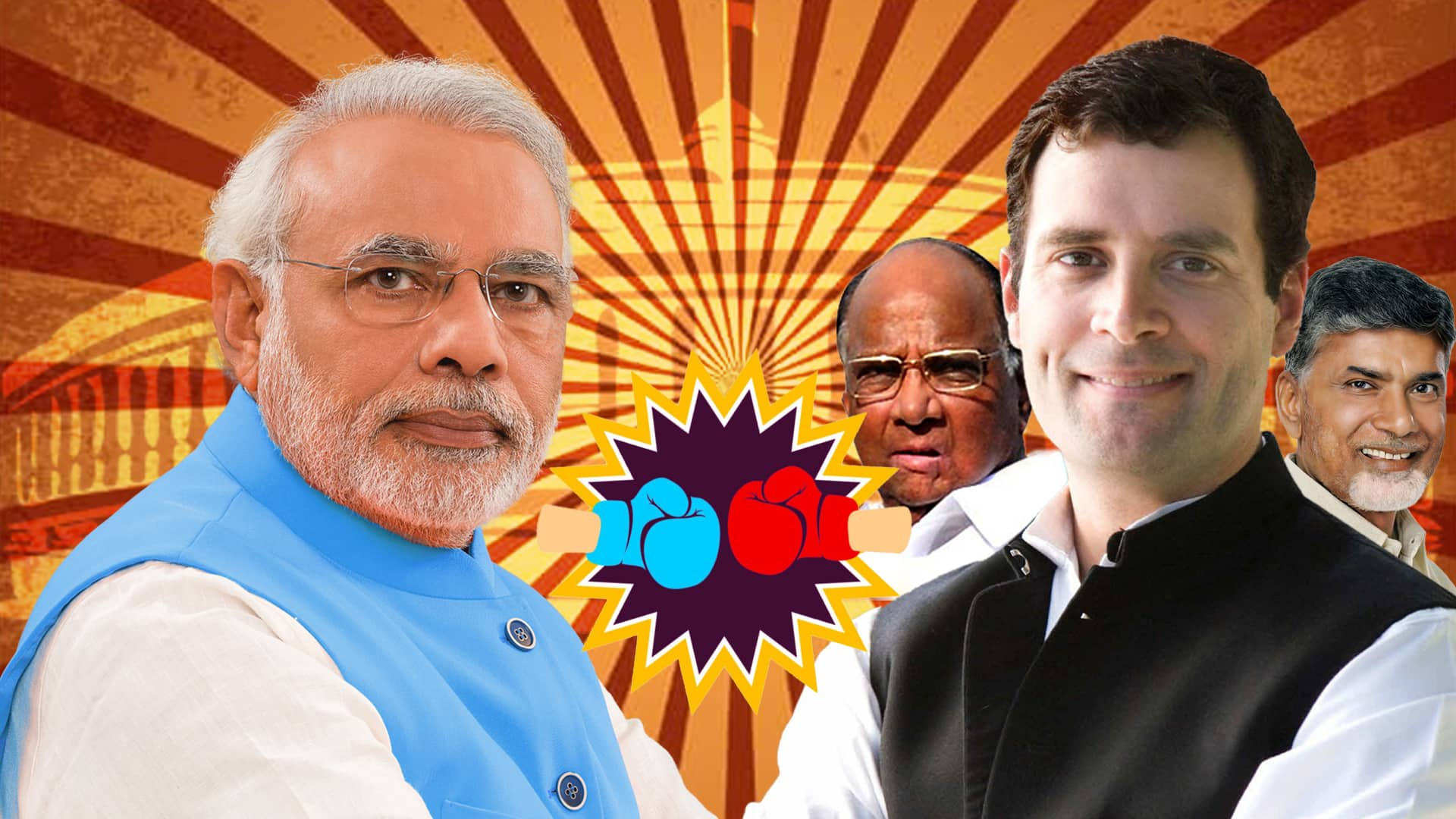
In its platform, the BJP pledged to “maintain a peaceful and safe atmosphere, where neither the perpetrators nor the beneficiaries of fear have any place.” However, the Modi-led administration has once again broken this pledge. But under the Modi administration, we now witness gau goons, lynchings, anti-Romeo squads, and much more. In its 2016–17 Annual Report, the human rights organization Amnesty International highlighted attacks by cow vigilantes, sectarian violence, and caste-based abuse against Dalits perpetrated by the Modi government as important causes for concern.
11. Did the Indian economy’s fundamentals align with Narendra Modi’s promises over the first seven years of his administration?
The Reserve Bank of India (RBI) published the statistics underlying the government’s demonetization initiative in its annual report. According to the report, by the end of June 2017, 98.96%, or Rs 15.28 lakh crore, of the total amount of Rs 15.44 lakh crore in invalid currency notes has returned to the banking system. After demonetization, India’s economy, which had been in the fastest-growing in the world, substantially slowed down.
Politically, Modi is effective because he persuaded people to believe that the purpose of demonetization was to expose the wealthy who hide dirty money. Demonetization was a poor policy choice that hurt the economy and the common people.
Narendra Modi, then the chief minister of Gujarat, rose to national prominence in 2014 on the promise of fostering Vikas (economic progress) and Achhe Din (better days). He entered politics at a period when private investments were stagnating, and India’s economy seemed to have lost its path in terms of GDP growth despite skyrocketing retail inflation (price increases).
Modi repeated his accomplishment in 2019 by returning to be the Prime Minister with an improved economy, irrespective of how the economy fared during his first five-year mandate.
12. Why is the conflict between RTI and Lokpal still not resolved?
Even though your party says it supports transparency, the RTI Act has been subject to major proposed changes by your government. Advocates for transparency claim that the proposed revisions would weaken the law and remove accountability from multiple departments. By leaving open positions, you have further undermined the Central Information Commission. Exists a discrepancy between your teaching and your behavior?
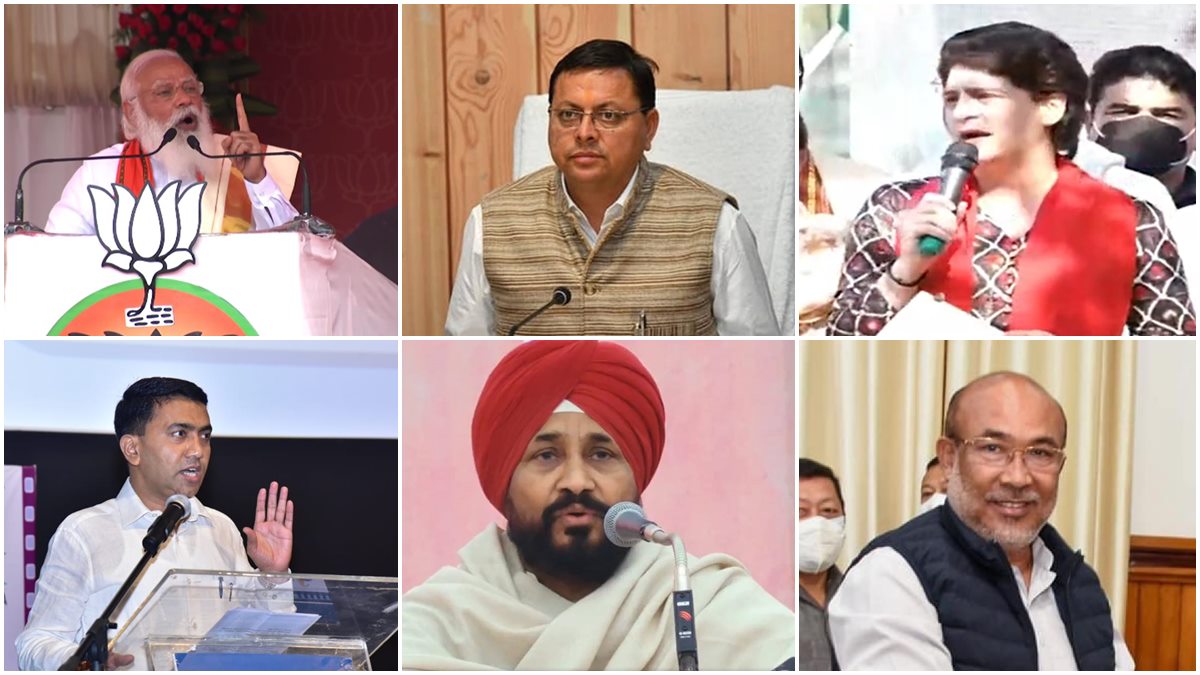
In 2014, the Lokpal Act was adopted. Why hasn’t the government appointed a Lokpal yet? Before you claim that the Leader of the Opposition is a member of the selection committee and that there isn’t one at the moment, keep in mind that nothing was stopping you from modifying the law once to address this issue.
13. How could the opposition change this, and why can the Modi government avoid lying about its stance toward Pakistan?
Perhaps the UPA’s approach to Pakistan was the subject of Modi’s vehement criticisms. He noted that Manmohan Singh had the guts to confront Pakistan as prime minister. However, it comes out that despite Modi’s “strong” foreign policy, Pakistan’s ceasefire breaches have risen. The attempts to increase pressure on Pakistan have failed, and several Indian, both soldiers and civilians, have died.
14. What happened to your promise of giving the best education system under your governance?
Before you even became the chief minister of Gujarat, you first mentioned your BA from Delhi University through an external test and your MA in an appearance in 2000. Why are you hesitant to make your original documents from Delhi University available, or why is your government? RTI requests have been submitted, the CIC has issued a decision, and DU has filed a lawsuit citing your privacy. Amit Shah and Arun Jaitley then held up a copy of your Gujarat University diploma, but it said “MA in Entire Political Science.
15. Why did Modi’s Make in India pledge fail?
“Make in India,” one of PM Modi’s most ambitious initiatives, has not received the support it had hoped for. More employment was anticipated to be created by the project. A considerable country cannot become wealthy if it does not produce the commodities that its citizens use or demand.
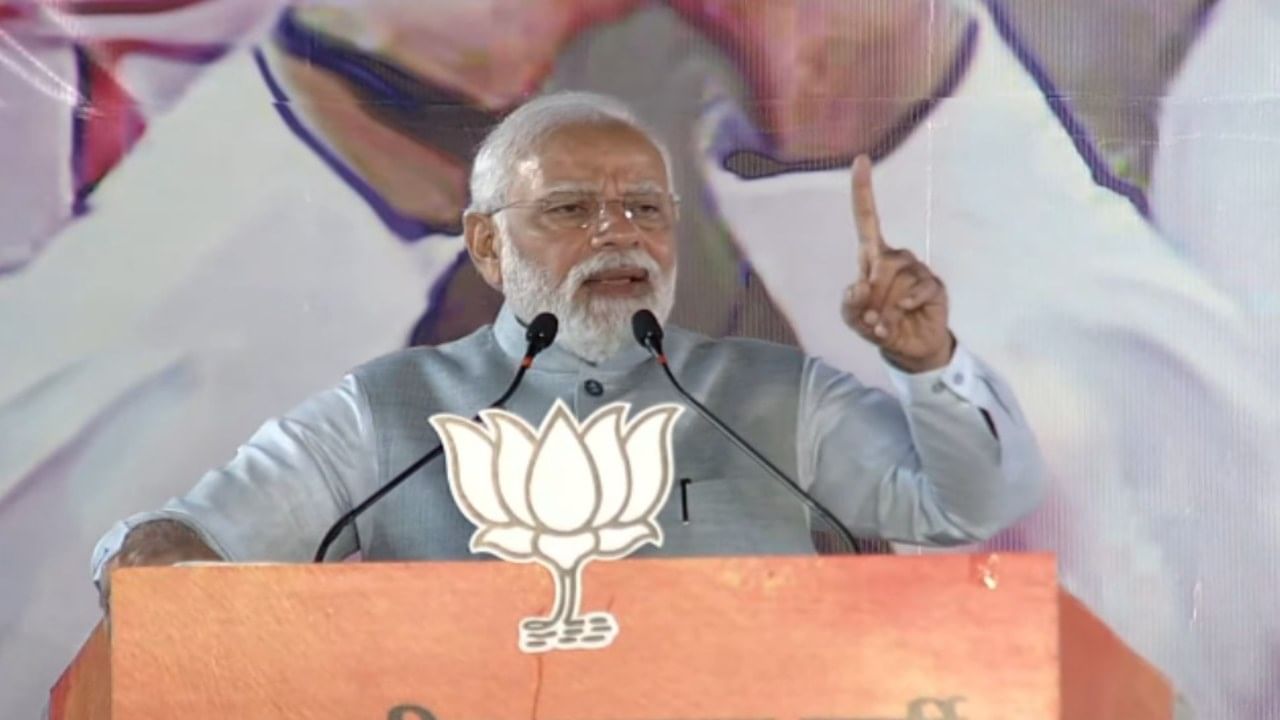
In any case, the majority of services—mainly the fundamental, low-tech, and low-value-added services—will be generated domestically. A nation will advance up the ladder of prosperity if it can provide the commodities and services its citizens need while simultaneously exporting a sizable part of those products.
Therefore, Prime Minister Narendra Modi was 100% correct when he said that his administration’s purpose was to give “Make in India” the most major priority and urged manufacturers from around the world to “Come and make in India.”
16. Increasing the price of every commodity. Is that the way of the Modi government to take away all that was spent during the pandemic?
According to the BJP manifesto, the party’s administration would impose stringent controls on price increases and establish specialized courts to combat hoarding and illicit marketing. But so far, no special courts have been established.
The prices of petroleum goods have been out of control during the BJP-led NDA government. The highest prices for gasoline and diesel have the country in a tailspin. In addition to petroleum products, the cost of other goods is trending upward.
17. Why did the Modi government fail to keep up its promise of providing a primary livelihood to the people of India?
The BJP manifesto stated that its government would guarantee that everyone had access to housing fitted with electricity, water, toilets, and other amenities under the subhead “Building India.” However, across the majority of the country, this is quite far from the truth.
18. Modi promised that “Bullet Train will become a reality one day” what happened to that?
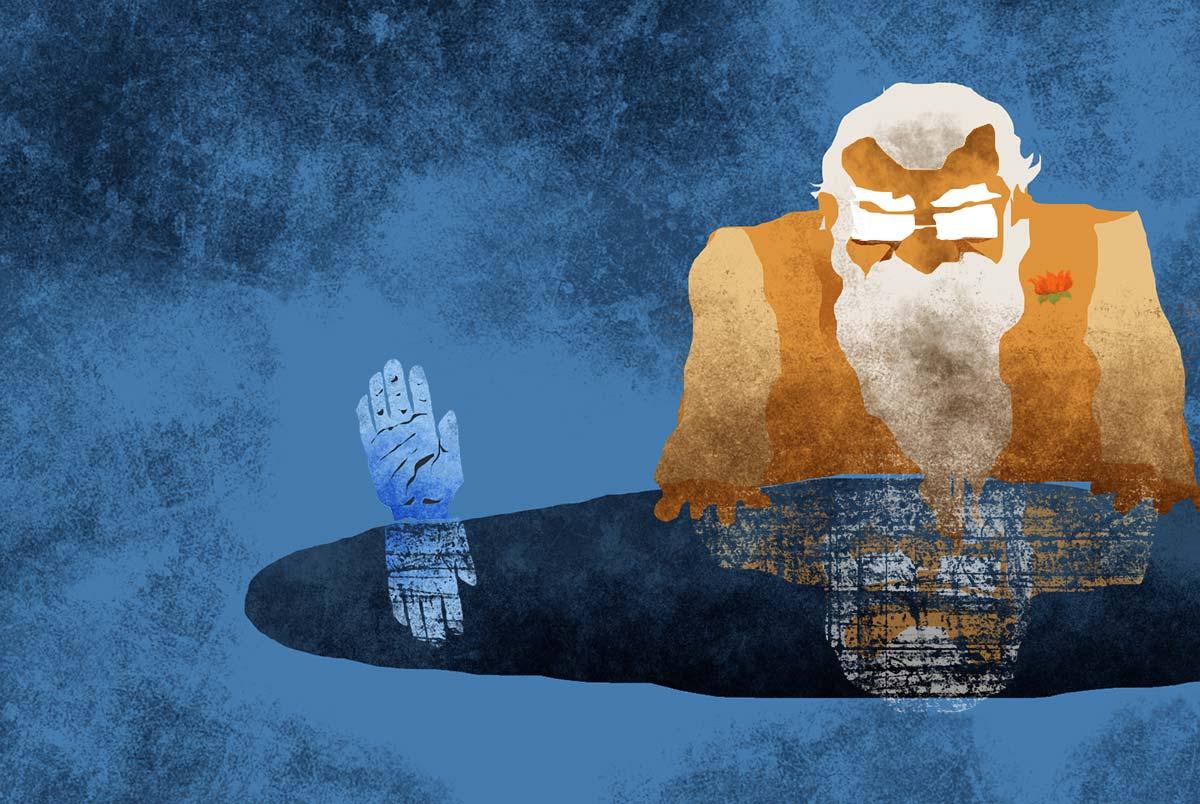
The BJP had pledged to start the “Diamond Quadrilateral” network of bullet trains. However, in the Ahmedabad-Mumbai section, it has only made slight progress. Before the Gujarat Assembly election last year, the ground-breaking ceremony for this section was held. Other than that, there hasn’t been any progress over extended periods.
19. It’s been seven years of Modi governance. Why still the agricultural part of India still struggling?
The manifesto included pledges to provide agricultural insurance, amend the Agriculture Produce Market Committee (APMC) Act 2003, guarantee farmers a minimum of 50% profit over the cost of production, and adopt a “National Land Use Policy,” among other things.
Reforms mandated by the APMC Act and a 50% profit margin over the cost of production have not yet been put into effect. To establish a legal and administrative framework for contract farming, the Agriculture Ministry has published a draught of the Model Contract Farming Act, 2018. The Act must still be changed, though.
Nearly everywhere in the country, farmers are in difficulty. Suicides continue to occur. Farmers’ issues have been prominently discussed in most of the Assembly elections conducted after the 2014 Lok Sabha elections, although the BJP has won the majority of them.
The country’s agricultural sector has not developed to what the BJP had predicted. Farmer indebtedness and the absence of crop insurance continue to be important causes for worry.
20. Swacch Vidyalaya Abhiyan: It’s untrue that all schools have 100 percent separate restrooms for boys and girls. As stated, what happened to this promise?

What Modi said: “Until the next August 15, we will construct separate restrooms for boys and girls in all of our schools. This just came into my heart. But subsequently, when “Team India” got to work and understood its roles, we discovered that there were 2 lakh and 62 thousand similar schools and that more than 4.25 lakh toilets were needed to be constructed. I congratulate every state government, district government official, policy maker, and educational institutions implementer who contributed to this accomplishment.
In places like Delhi, Sitapur (Uttar Pradesh), Tumkur (Karnataka), Dantewada (Chhattisgarh), and Wanaparthy (Telangana), existing or newly constructed restrooms in schools lack running water or are not kept up. Given that, they are pointless. After being used by a few students and without water, they were no longer functional.
The effort planned to build 1.5 restrooms per school, or 417,000 bathrooms, in 262,000 schools. While some schools had one toilet, others had no more than two. There should be more than one or two restrooms in every school (For a moment, in Pillangkatta, Ri Bhoi district, Meghalaya, two government schools, each with more than 250 students, had just one toilet each; there were no separate toilets for boys and girls, and there was no water.




